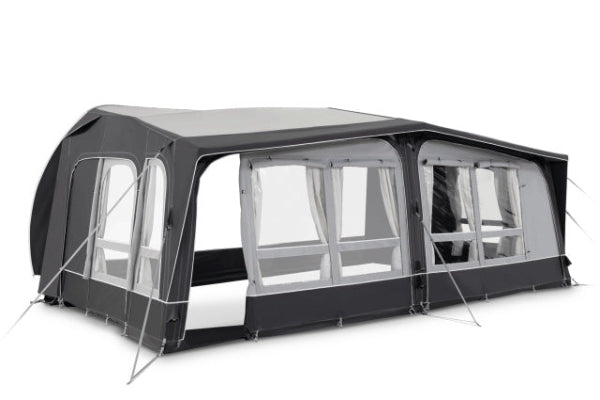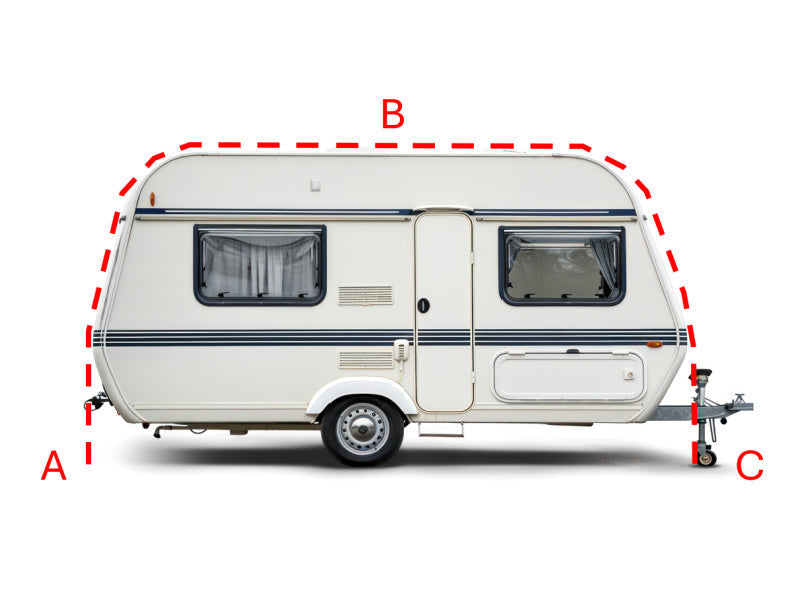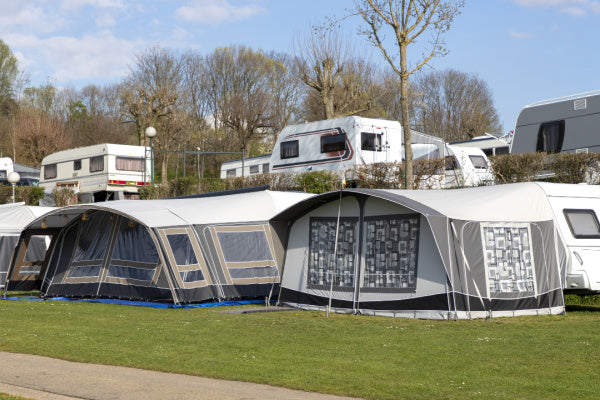Glamping Pod Installation Costs: What to Expect
Ever dreamt of owning a cosy glamping pod or tent but afraid it’ll cost more than your house? Short answer: installing one costs anywhere from £5,000 to £50,000+. Why the big range? From pod size to plumbing, it all adds up—read on to avoid budget-busting surprises!
Site Preparation and Access
The Cost of Clearing and Levelling the Ground
Preparing the land is the first real cost you'll face. Clearing trees, brush, or debris is a must before any construction begins.
Levelling the terrain can be straightforward or complex, depending on your location. A sloped or rocky site will need more work and equipment. Naturally, this increases the overall spend.

Creating Access Roads for Delivery Vehicles and Cranes
Remote or difficult-to-reach sites may need an access road built in. This allows lorries or cranes to reach the area for delivery and installation.
Gravel or dirt roads may do the job, but the cost depends on the terrain, distance, and any permits required. These are often overlooked but can become a major line item.
Initial Landscaping and Drainage Considerations
Before foundations go in, it's wise to think about drainage. Poor drainage can lead to water damage, mould, or instability under your pod.
Basic landscaping like grading, soil redirection, or adding gravel can help. These early steps help avoid much bigger repair costs later.
Building the Pod's Foundation
Cost Comparison: Concrete Slabs vs. Timber Decking
Concrete slabs are solid, long-lasting, and low-maintenance, but they’re also more expensive. Timber decking is cheaper, quicker to install, and still offers good support for most pod types.
Decking is also easier to replace or adjust if your needs change later on. Choose based on your budget, site conditions, and whether you're going for permanent or semi-permanent installation.
Cost Comparison: Ground Screws vs. Paving Slabs
Ground screws are a modern alternative to traditional bases. They’re quicker to install and work well on uneven land, but the upfront cost is often higher.
Paving slabs are more affordable and still effective for smaller or lighter pods. Choosing between the two often depends on ground conditions and budget priorities.
Why the Foundation Type Can Impact Overall Project Cost and Timeline
Your choice of foundation affects the build from day one. It influences not just cost, but speed and ease of installation.
A misstep here could delay your entire timeline or inflate labour costs. Simpler systems like timber decking or ground screws can reduce risks and make budgeting more predictable.

From Delivery to Guests: Final Installation and Connection Costs
Pod Delivery, Placement, and Assembly
The Cost of Lorry Transport from Manufacturer to Site
Glamping pods are usually delivered by lorry. The cost depends on distance, pod size, and access to the site.
If your land is far from main roads or in a rural location, expect higher delivery fees. Oversized loads may also need escorts or special routing.
Budgeting for Crane Hire for Placement
Most pods, especially larger ones, require a crane to be placed on the foundation. Crane hire can cost several hundred pounds per day.
Sites with trees, hills, or restricted space may also require additional setup. It’s a key cost to plan for early.
Assembly Costs for Kit-Form Pods vs. Pre-Assembled Units
Kit-form pods are delivered in parts and built on-site. They’re often cheaper to transport, but require skilled labour and time to assemble.
Pre-assembled pods arrive fully built, saving time on installation. However, they’re more expensive to move and can require more complex logistics like larger cranes or specialist transport.
The High Cost of Utility Connections
Connecting to Mains Electricity: Trenching and Cable Costs
To connect a pod to mains power, you’ll need trenching and cabling. Costs vary depending on how far your site is from the nearest connection point.
This can range from a few hundred to several thousand pounds. Always include it in your early planning to avoid surprise charges.
Water Supply and Wastewater Management (e.g., Septic Tank Installation)
If you want plumbing, you’ll need a clean water source and a way to deal with wastewater. A septic tank or treatment plant is usually required.
For remote sites, this might include boreholes, tanks, or filtration systems. These setups can significantly impact the overall budget.
Off-Grid Solutions: The Cost of Solar Power and Composting Toilets
Off-grid options like solar panels or composting toilets can reduce monthly bills. However, the initial cost for solar systems, battery banks, or eco-toilets can be high.
These solutions work well for eco-pods or remote areas but require careful budgeting upfront.
Finishing and Professional Fees
Final Landscaping, Decking, and Pathways
Once the pod is in place, you’ll want it to look good and be easy to access. Decking, gravel paths, or garden features help create a welcoming space.
These extras may seem small but can add thousands to the total project cost depending on materials and scope.

The Cost of Planning Permission Applications and Site Surveys
In the UK, planning permission is usually needed for glamping sites. The fees vary by local authority and often include site surveys or environmental assessments.
Skipping this step can cause delays or fines. It’s always best to speak to your council early on.
Fees for Electricians, Plumbers, and Other Tradespeople
To finish the pod, you'll likely need qualified tradespeople. Electricians, plumbers, and general contractors all come at a price.
Their work ensures your pod is safe, up to code, and guest-ready. Factor this in, especially for higher-end or fully serviced pods.
Other content you might like:
- How To Build A Glamping Tent
- How Much Is A Glamping Tent
- How Do You Waterproof A Dome Tent?
- Why Is Glamping So Expensive?
- What Permission Do You Need For A Glamping Pod?
- Can I Put A Pod On My Land?
- How Much Does A Glamping Setup Cost?
- How To Heat A Glamping Pod?
- Do Glamping Pods Need Foundations?
- Can You Build Your Own Glamping Pod?





Leave a comment